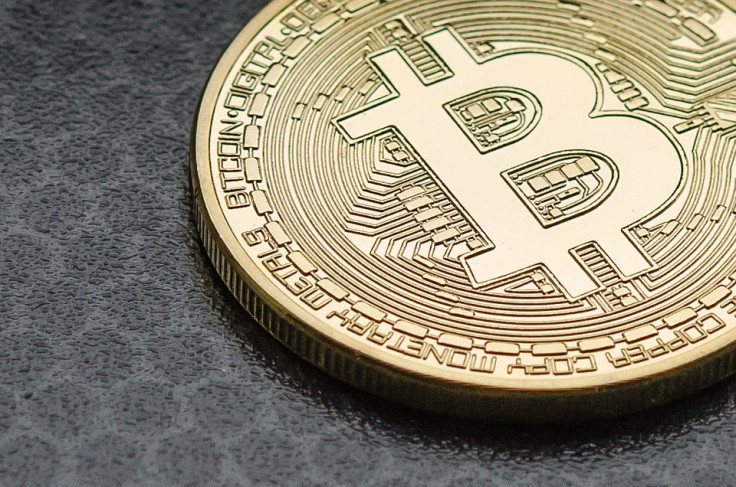Bitcoin Crash: What's Different This Time Around
Bitcoin's recent crash could be the end or a new beginning for the digital currency.
There have been the best times and worst times for Bitcoin in the last twelve months.
The best of times was last November when the digital currency was trading over $60,000, under the tailwinds of cheap money and investor enthusiasm.
The worst of times is this November when Bitcoin is trading roughly at one-fourth below that figure, $16,500, under the headwinds of expensive money and investor pessimism.
That isn't the first time Bitcoin has seen such high volatility. At the end of 2017, the digital currency rallied from around $6,000 to $20,000, dropping below $4,000 a year later. Then it staged another significant rally from the Fall of 2020 to the Spring of 2021. It climbed from roughly $10,000 in September 2020 to $61,000 in March 2021.
But that rally didn't hold for too long, either. The digital currency dropped back to a low $30,000 a few months later this time.
In short, every Bitcoin crash set the stage for another rally, which drove the digital currency to new highs.
Will history repeat itself this time around?
Most likely not, as there are a couple of things different this time.
One, money is no longer cheap. Money market interest rates have climbed from close to zero 12 months ago to over 3% recently, and U.S. Treasury Bills are yielding over 4%. And that raises the opportunity cost of holding cryptocurrencies, which have no yield.
Two, the failure of one of the two major cryptocurrency exchanges has shaken the confidence of individual and institutional investors in the entire sector.
Investor confidence is a critical factor for cryptocurrency rallies, as they aren't assets, meaning there's no intrinsic value to speak of that could attract bargain hunters.
In addition, the promise that Bitcoin or some other cryptocurrency replacing national currencies remains just a promise (e.g., El Salvador failed experiment).
Still, some true believers continue to have faith in digital currency. One of them is Walker Holmes, vice president at Metatope.
"Bitcoin and the overall digital asset market are in their infancy," Holmes said in an email to International Business Times. "Therefore, extreme volatility is to be expected."
Holmes went on to compare Bitcoin's price pattern with that of popular stocks — though these stocks are assets. "Big players like Amazon have seen the price of their stock decline as much as 40%," he said. "In the short term, things may continue down for some time, but we are roughly 18 months from the next Bitcoin halving, and this has been a great indication of when to expect parabolic moves up for digital assets. Traders should consider the associated risks and rewards and determine if they will stay in the game long enough to see the market bounce back."
Another is ARK's Cathie Wood, who believes that the recent Bitcoin crash is just part of the digital currency gaining broad acceptance by 2030. It will help Bitcoin "come out of this smelling like a rose" and reach $1 million by 2030, she told Bloomberg in a recent interview.

© Copyright IBTimes 2024. All rights reserved.



















